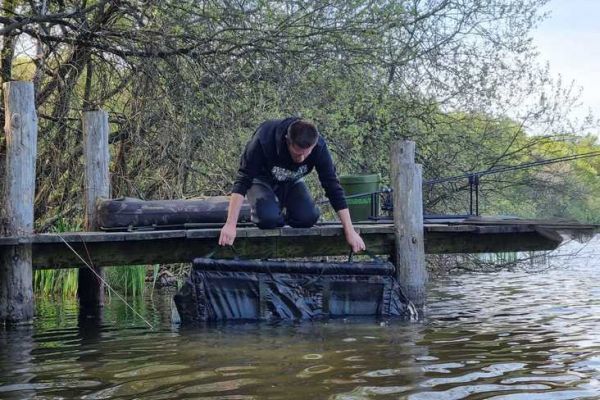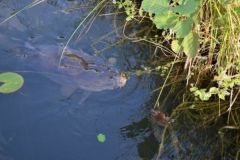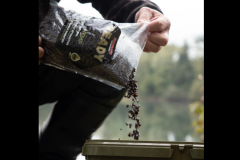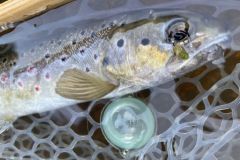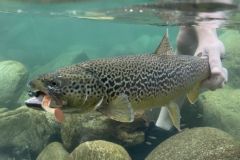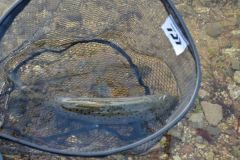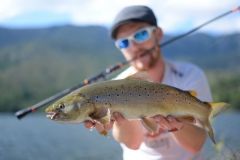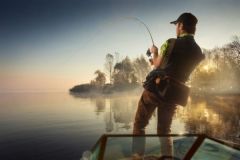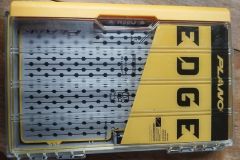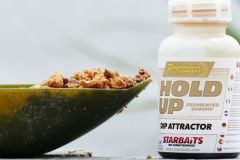Floating bags offer many advantages over conventional conservation bags, but it's important to remember certain uses to avoid injury to carp.
What is a flowing conservation bag?
The conservation bag has long been part of the modern carp angler's equipment. These bags, made of micro-mesh material, allow water to pass through so that the carp/bag assembly remains at the bottom of the water, waiting to be photographed or videotaped... However, this type of bag has several disadvantages.
Indeed, if the rope breaks, the fish can end up dying without being found (if you haven't taken care to put a marker, for example). What's more, slipping the fish into the rope isn't the easiest thing in the world, which can lead to all-too-frequent mishandling. The same goes for moving the fish from the landing mat to the edge... In short, all these disadvantages led to the birth of floating bags, but the overall function has changed somewhat, and so have our uses.
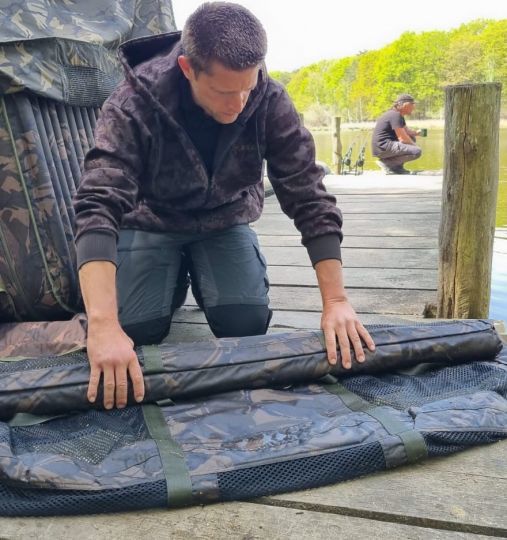
What's a float bag?
This type of bag is halfway between a weighing bag and a storage bag. It has a floating structure that prevents accidental disappearance even if the rope breaks, whatever the cause (wear, rats, poor grip...). What's more, its design, similar to that of a weighing bag, enables it to lie flat on any receiving mattress, be it an inflatable mattress, a mattress with a rigid structure, or a flat mattress with balls or foam.
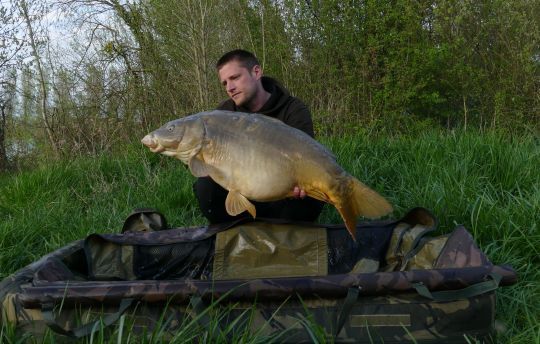
This makes it much easier to put the fish inside, and with the right gestures, carp won't suffer any injuries. This type of bag, like the Cam Concept Monster Weight Sling from Starbaits, becomes an indispensable ally thanks to its many functions:
- Carry bag for short trips from landing to mattress or from mattress to release...

- Weighing bag.
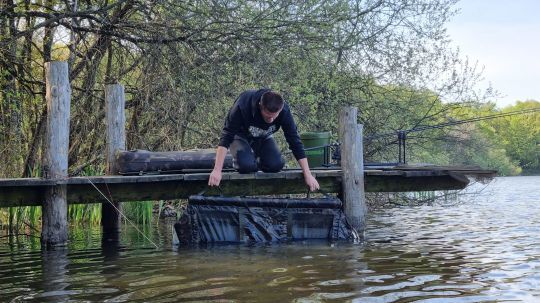
- Storage bag to prepare for the photo shoot...
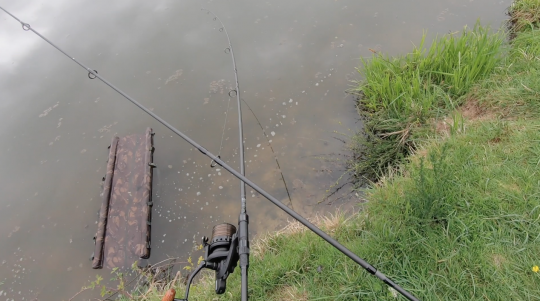
- Support bag for a photo shoot in the water...
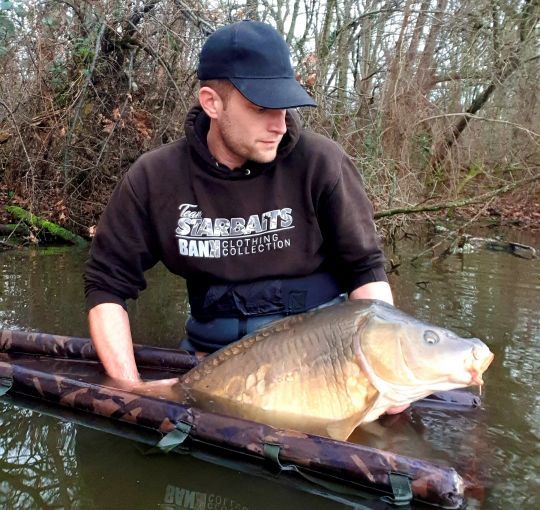
- Catch-and-release bag.
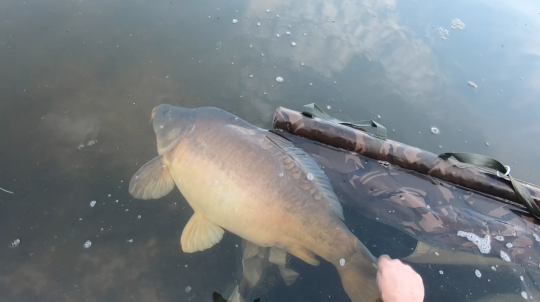
Safety precautions.
Even though floating bags are much more suitable than the old-fashioned "flowing" conservation bags, for all the advantages we've seen, it's essential to take certain precautions.
- When transporting the fish, placing it on the belt or weighing it, make sure the fins are alongside the body.
- Use the floating bag as a storage bag for short periods (preparation of photo equipment, etc.). Leaving the fish in the bag for long periods of time can, depending on the conditions (spawning, extreme heat, heavy frost...), lead to serious consequences or even death. What's more, fish will naturally try to return to the bottom, which they obviously can't do with a floating bag. So it's best to take a photo immediately after catching the fish, even at night.
- Thoroughly moisten the floating bag before use.
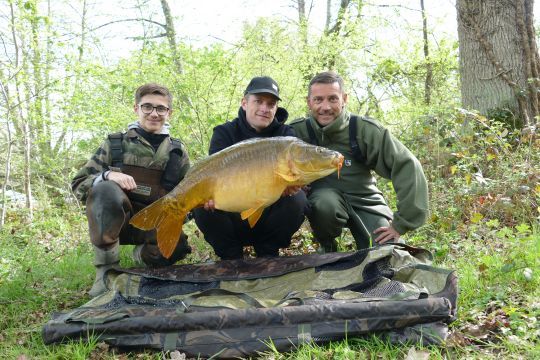
With the right gestures and common sense, the float bag is an additional asset for maintaining the physical integrity of the fish.
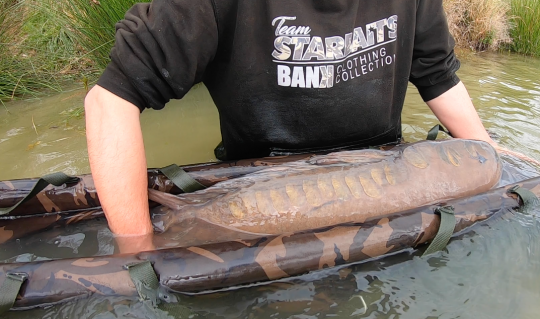
It's up to us to make the most of it, because it's indispensable to our practice!
